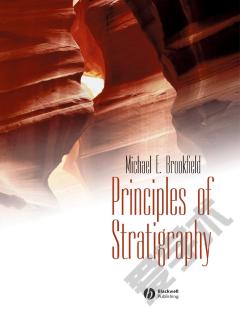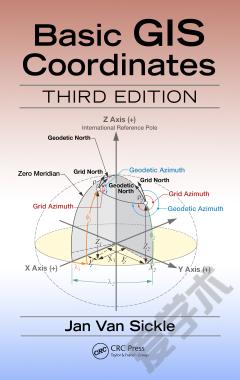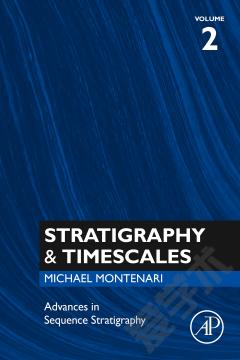Principles of Sequence Stratigraphy
Principles of Sequence Stratigraphy provides an in-depth coverage and impartial assessment of all current ideas and models in the field of sequence stratigraphy. This textbook thoroughly develops fundamental concepts of sequence stratigraphy that links base-level changes to sedimentary deposits. It examines differing approaches to how the sequence stratigraphic method can be applied to the rock record, and reviews practical applications such as how petroleum geologists can target where to drill for oil. The book's balanced approach helps students acquire a common terminology and conceptual understanding that will be helpful later in their academic and professional careers, whether they pursue jobs as geologists, geophysicists, or reservoir engineers. This textbook offers theoretical guidelines of how the facies and time relationships are expected to be under specific circumstances such as subsidence patterns, sediment supply, topographic gradients, etc. It goes beyond the standard treatment of sequence stratigraphy by focusing on a more user-friendly and flexible method of analysis of the sedimentary rock record than other current methods. The text is richly illustrated with dozens of full color photographs and original illustrations of outcrop, core, well log, and 3D seismic data. There is a dedicated chapter on discussions and conclusions, along with an instructor site containing images from the book. Principles of Sequence Stratigraphy will appeal to researchers and professionals, as well as upper graduate and graduate students in stratigraphy, sedimentology, petroleum peology and engineering, economic geology, coal geology, seismic exploration, precambrian geology, and mining geology and engineering.* Offers theoretical guidelines of how the facies and time relationships are expected to be under specific circumstances such as subsidence patterns, sediment supply, topographic gradients, etc. * Contains numerous high-quality and full-color diagrams, photographs and illustrations, virtually on every aid in comprehension of the subject* Features a dedicated chapter on discussions and conclusions incorporating all previous chapters with references, basic principles and strategies* Provides an extensive list of references for further reading, as well as an author and subject index for quick information access
{{comment.content}}








 京公网安备 11010802027623号
京公网安备 11010802027623号